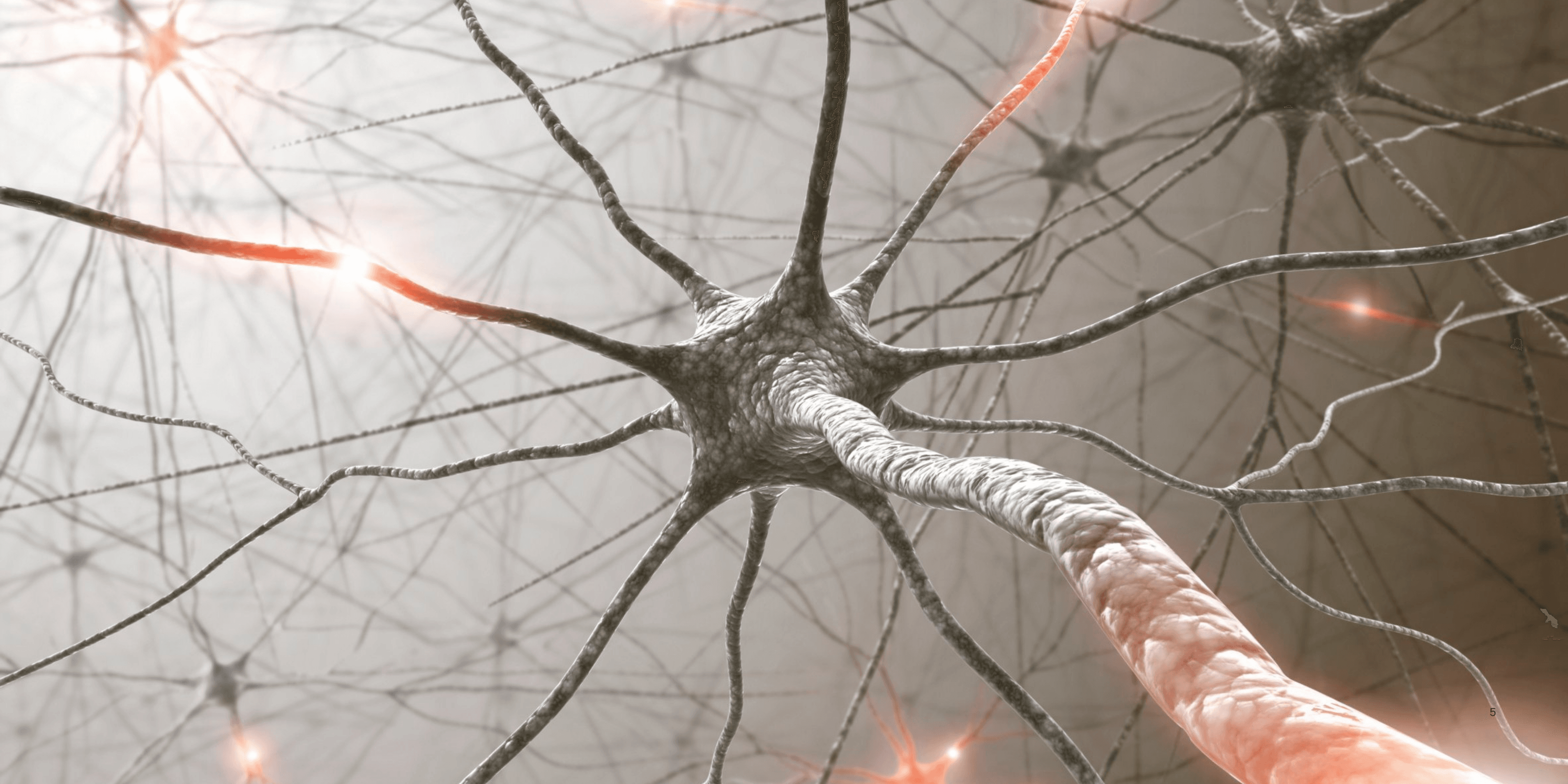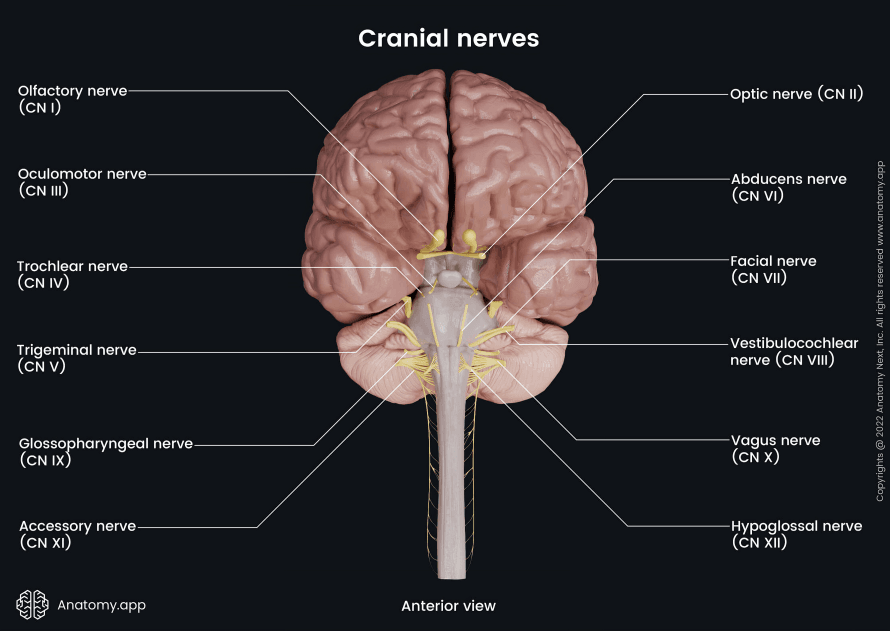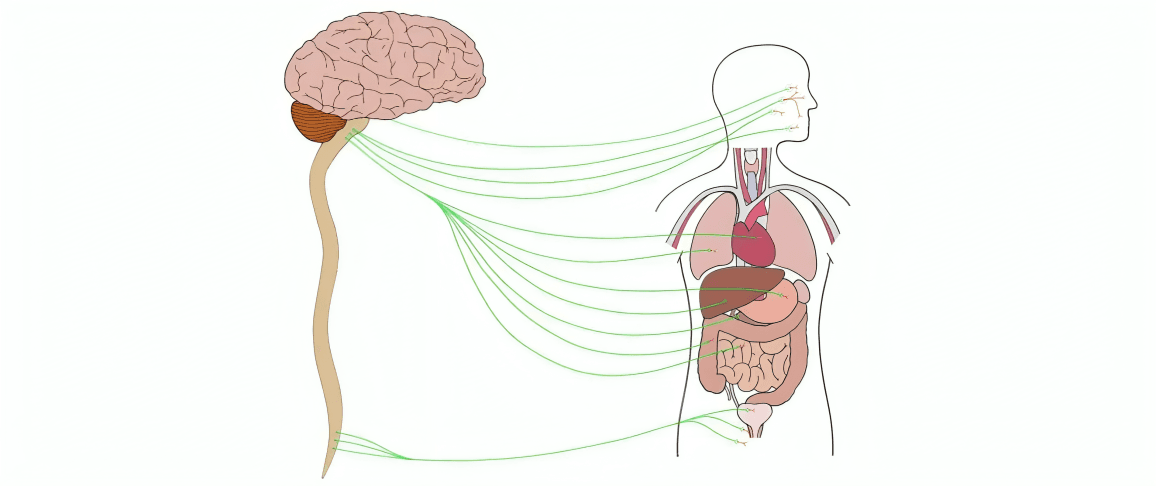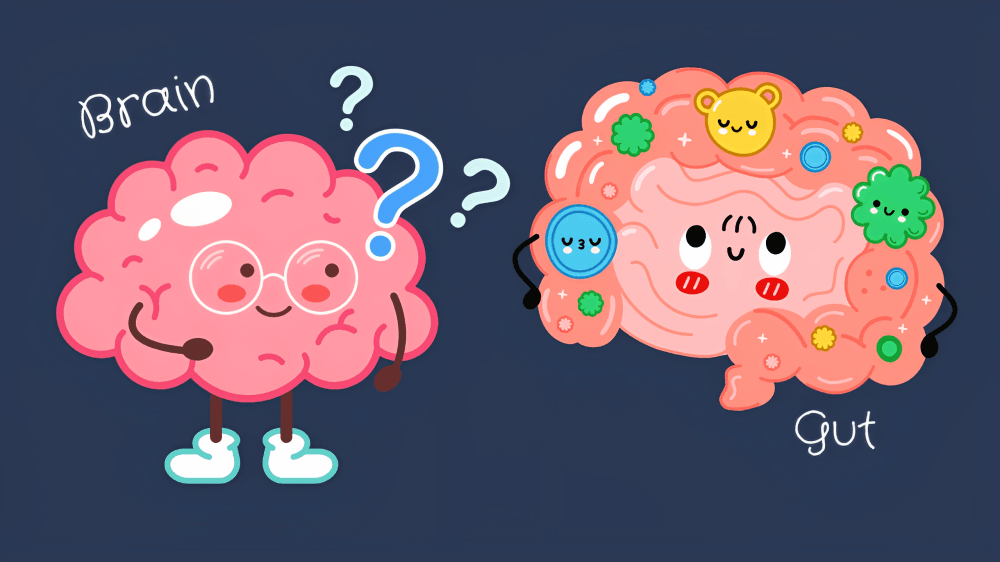
“
The Peripheral Nervous System Overview helps us understand how our body connects to the outside world. It includes all nerves outside the brain and spinal cord. These nerves carry information between the central nervous system and the rest of the body, including limbs, organs, and skin. From muscle control to reflexes, the peripheral nervous system (PNS) plays a vital role in our daily movements and sensations. 1
1
”
Neurologists often assess PNS function using tools like EMG (electromyography) and nerve conduction studies to diagnose conditions like neuropathy or motor neuron disorders.1
The Peripheral Nervous System (PNS) includes cranial and spinal nerves that relay messages between the central nervous system and the rest of the body, including skin, muscles, and organs. 2
Unlike the central nervous system, the PNS is not protected by bones or the blood-brain barrier, making it more vulnerable to physical damage and toxins like heavy metals. 3

There are 12 pairs of cranial nerves in the PNS, which originate from the brain and are mainly responsible for sensory and motor functions in the head and neck regions.
The spinal nerves in the PNS arise from the spinal cord and are involved in transmitting information to and from the limbs and trunk through 31 pairs of nerve roots. 4
The PNS is divided into two major branches: the somatic nervous system, which controls voluntary movements, and the autonomic nervous system, which regulates involuntary actions.5
The somatic system within the PNS controls skeletal muscle movement and involves motor neurons that can be consciously directed, such as walking or grabbing an object.6
The autonomic nervous system in the PNS is further divided into the sympathetic and parasympathetic systems, which maintain internal balance and respond to stress or relaxation.7
The sympathetic branch prepares the body for "fight or flight" situations by increasing heart rate, dilating pupils, and redirecting blood to muscles during danger or stress. 8

The parasympathetic branch of the PNS is responsible for "rest and digest" functions, helping the body recover, digest food, and conserve energy after stressful activities.
Nerve fibers in the PNS are classified based on function: sensory (afferent) neurons carry information to the CNS, while motor (efferent) neurons carry responses from the CNS. 9
Schwann cells in the PNS produce the myelin sheath that insulates nerve fibers, enabling rapid transmission of electrical signals from one part of the body to another. 10
Damage to the PNS is called peripheral neuropathy, which may cause symptoms like numbness, tingling, weakness, or pain, especially in the hands and feet. 11
Peripheral nerves have a limited capacity to regenerate after injury, unlike those in the brain or spinal cord, which makes early treatment of PNS damage very important. 12
The sciatic nerve is the longest and thickest nerve in the PNS, running from the lower spine down to the foot and controlling most of the lower limb’s motor functions. 13

The enteric nervous system, sometimes called the “second brain,” is part of the PNS and governs digestion, containing over 100 million neurons in the gut lining.
Diabetes is one of the leading causes of peripheral nerve damage, with diabetic neuropathy affecting over 50% of long-term diabetics due to prolonged high blood sugar.14
Carpal tunnel syndrome is a common PNS disorder caused by compression of the median nerve in the wrist, leading to numbness, tingling, and muscle weakness in the hand. 15
In military medicine, peripheral nerve injuries are common due to trauma; specialized nerve repair surgeries and neuroprosthetics are being developed to restore function. 16
Philosophers like René Descartes contributed to the early theories of nerve function by suggesting the mind controls the body through nerves, reflecting ideas we explore in today's Peripheral Nervous System Overview. 17


